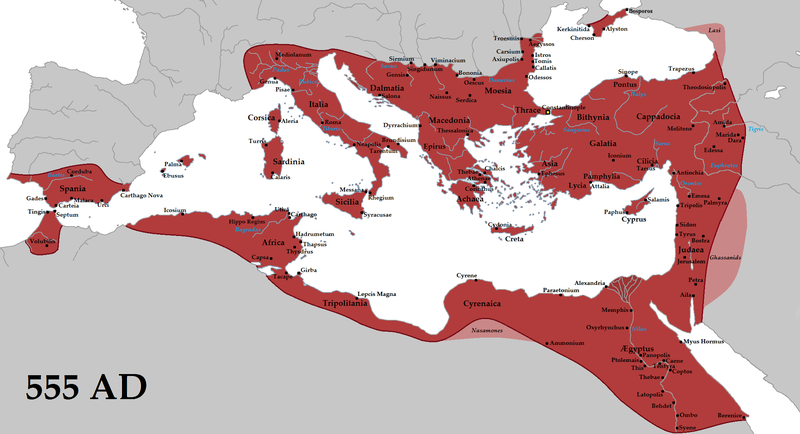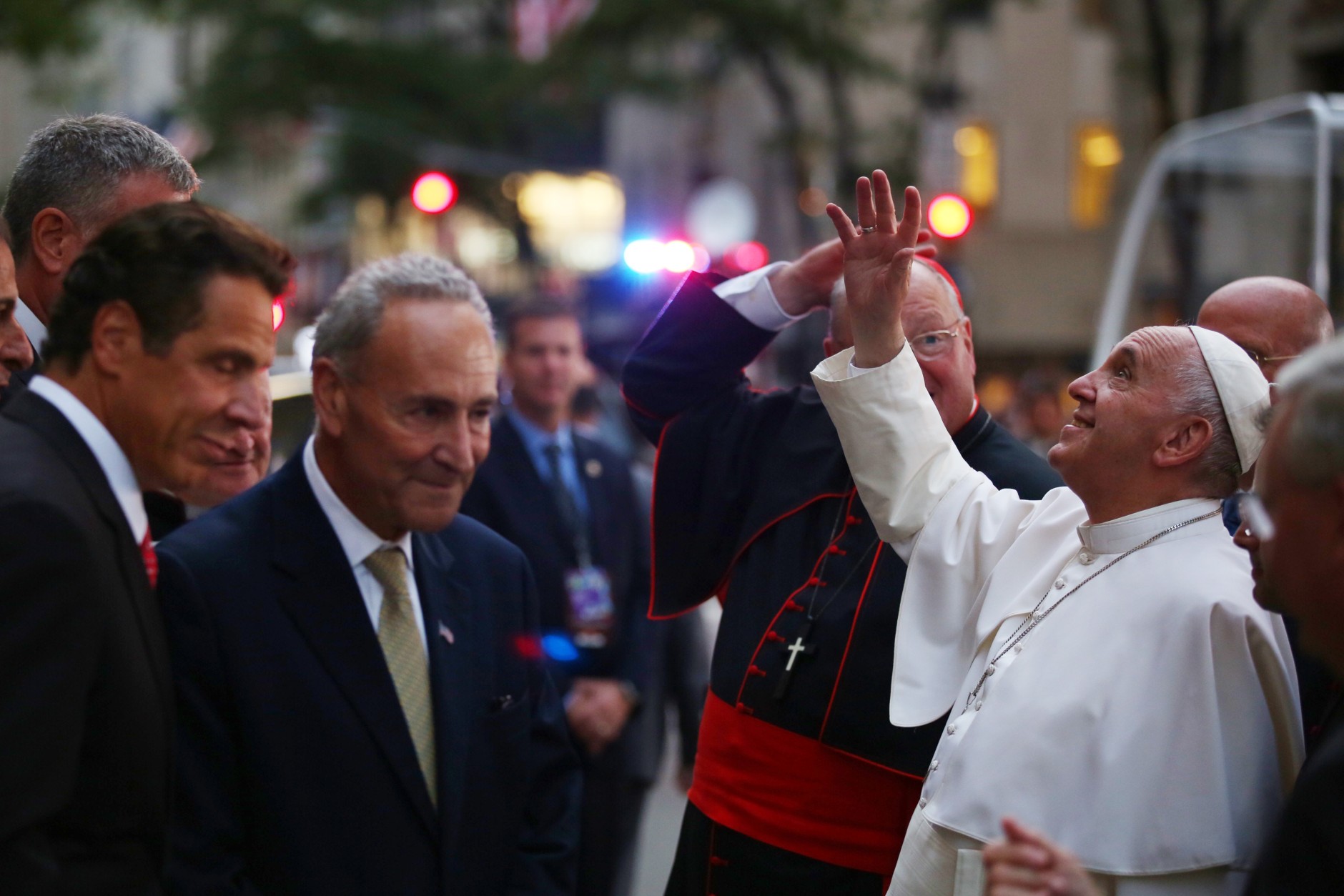There is a massive African American role in the American Civil War. African Americans, including former enslaved human beings, served in the war. There were 186,097 black men who joined the Union Army. That included 7,122 officers and 178,975 enlisted soldiers. About 20,000 black sailors served in the Union Navy and made up a large percentage of the ships' crews. These people helped the Union to have a great victory. Later, many regiments were recruited and organized as the United States Colored Troops, which reinforced the Northern forces substantially during the war's last tow years. Borth free black people and Southern runaway slaves joined the battles. Throughout the American Civil War, black soldiers served in forty major battles and hundreds of more minor skirmishes. Sixteen African Americans received the Medal of Honor. Frederick Douglass was one of the many leaders who called on the Union to recruit black American soldiers. He said,
"...Our Presidents, Governors, Generals and Secretaries are calling, with almost frantic vehemence, for men.-"Men! men! send us men!" they scream, or the cause of the Union is gone...and yet these very officers, representing the people and the Government, steadily, and persistently refuse to receive the very class of men which have a deeper interest in the defeat and humiliation of the rebels than all others..."
Union posters were widespread to encourage black people to fight. Proposals to raise African American regiments in the Union's war efforts were at first met with trepidation by officials within the Union command structure, President Abraham Lincoln included. Concerns over the response of the border states (of which one, Maryland, surrounded in part the capital of Washington D.C.), the response of white soldiers and officers, as well as the effectiveness of a fighting force composed of black men were raised. Despite official reluctance from above, the number of white volunteers dropped throughout the war, and black soldiers were needed, whether the population liked it or not. However, African Americans had been volunteering since the first days of war on both sides, though many were turned down.
By July 17, 1862, the U.S. Congress passed two statutes allowing for the enlistment of black African American troops, but official enrollment occurred only after the effective date of the Emancipation Proclamation on January 1, 1863. However, state and local militia units had already begun enlisting black men, including the "Black Brigade of Cincinnati", raised in September 1862 to help provide manpower to thwart a feared Confederate raid on Cincinnati from Kentucky, as well as black infantry units raised in Kansas, Missouri, Louisiana, and South Carolina. In March 1863, upon hearing that Andrew Johnson was open to recruiting blacks in Tennessee, Abraham Lincoln wrote him encouragement: "The colored population is the great available, and yet unavailed of, force for restoring the Union. The bare sight of 50,000 armed and drilled black soldiers upon the banks of the Mississippi would end the rebellion at once."
In May 1863, Congress formed the Bureau of Colored Troops in an effort to organize black people's efforts in the war. African Americans were in medical officers after 1863, beginning with Baltimore surgeon Alexander Augusta. Augusta was a senior surgeon, with white assistant surgeons under his command at Fort Stanton, MD. In actual numbers, African-American soldiers eventually constituted 10% of the entire Union Army (United States Army). Losses among African Americans were high: In the last year and a half and from all reported casualties, approximately 20% of all African Americans enrolled in the military lost their lives during the Civil War. Notably, their mortality rate was significantly higher than that of white soldiers. Many escaped black slaves sought refuge in Union camps called contrabands. A number of officers in the field experimented, with varying degrees of success, in using contrabands for manual work in Union Army camps. Eventually they composed black regiments of soldiers. These officers included General David Hunter, General James H. Lane, and General Benjamin F. Butler of Massachusetts. In early 1861, General Butler was the first known Union commander to use black contrabands, in a non-combatant role, to do the physical labor duties, after he refused to return escaped slaves, at Fort Monroe, Virginia, who came to him for asylum from their masters, who sought to capture and reenslave them. In September 1862, free African-American men were conscripted and impressed into forced labor for constructing defensive fortifications, by the police force of the city of Cincinnati, Ohio; however, they were soon released from their forced labor and a call for African-American volunteers was sent out. Some 700 of them volunteered, and they came to be known as the Black Brigade of Cincinnati. Because of the harsh working conditions and the extreme brutality of their Cincinnati police guards, the Union Army, under General Lew Wallace, stepped in to restore order and ensure that the black conscripts received the fair treatment due to soldiers, including the equal pay of privates. Contrabands were later settled in a number of colonies, such as at the Grand Contraband Camp, Virginia, and in the Port Royal Experiment. Black people also participated in activities further behind the lines that helped keep an army functioning, such as at hospitals and the like. Many racists believed that black men lacked the ability to fight and fight well. This is a lie. By October 1862, African Americans increasingly fought in the war.
For the Confederacy, both free and enslaved black Americans were used for manual labor, but the issue of whether to arm them, and under what terms, became a major source of debate within the Confederate Congress, the President's Cabinet, and C.S. War Department staff. In general, newspapers, politicians, and army leaders alike were hostile to any efforts to arm black people. The war's desperate circumstances meant that the Confederacy changed their policy in the last month of the war; in March 1865, a small program attempted to recruit, train, and arm black people, but no significant numbers were ever raised or recruited, and those that were never saw combat. Enslaved black people like Marlboro Jones in the Confederacy were forced to do camp labor. Many would carry supplies for Confederate soldiers. Many black people in the Confederacy would ally with the Union Army as scouts. The closest the Confederacy came to seriously attempting to equip colored soldiers in the army proper came in the last few weeks of the war. The Confederate Congress narrowly passed a bill allowing slaves to join the army. The bill did not offer or guarantee an end to their servitude as an incentive to enlist, and only allowed slaves to enlist with the consent of their masters. Even this weak bill, supported by Robert E. Lee, passed only narrowly, by a 9–8 vote in the Senate. President Jefferson Davis signed the law on March 13, 1865, but went beyond the terms in the bill by issuing an order on March 23 to offer freedom to slaves so recruited. The emancipation offered, however, was reliant upon a master's consent; "no slave will be accepted as a recruit unless with his own consent and with the approbation of his master by a written instrument conferring, as far as he may, the rights of a freedman." According to historian William C. Davis, President Davis felt that black people would not fight unless they were guaranteed their freedom after the war. Gaining this consent from slaveholders, however, was an "unlikely prospect." The Confederacy was disingenuous as they refused to immediately free all black people. Racists would exploit the black man Jefferson Shields in Confederate medals to promote the racist lie that black folks in slavery were just happy people. Louisiana had free men of color, biracial creoles that enver saw combat. According to a 2019 study by historian Kevin M. Levin, the origin of the myth of black Confederate soldiers primarily originates in the 1970s. The war ended less than six weeks later after the General Order No. 14 (on March 23, 1865) and there is no record of any black unit being accepted into the Confederate army or seeing combat. A Union army regiment 1st Louisiana Native Guard, including some former members of the former Confederate 1st Louisiana Native Guard, was later formed under the same name after General Butler took control of New Orleans. A small number of black people were in menial labor in the Confederate Navy.
Black American Union soldiers of the 1st Kansas Colored Infantry, in one of the first engagements involving black troops, silenced their critics by repulsing attacking Confederate guerrillas at the Skirmish at Island Mound, Missouri, in the Western Theatre. By August, 1863, fourteen more Negro State Regiments were in the field and ready for service. Union General Benjamin Butler wrote:
"Better soldiers never shouldered a musket. I observed a very remarkable trait about them. They learned to handle arms and to march more easily than intelligent white men. My drillmaster could teach a regiment of Negroes that much of the art of war sooner than he could have taught the same number of students from Harvard or Yale."
At the Battle of Port Hudson, Louisiana, May 27, 1863, the African-American soldiers bravely advanced over open ground in the face of deadly artillery fire. Although the attack failed, the black soldiers proved their capability to withstand the heat of battle, with General Nathaniel P. Banks recording in his official report: "Whatever doubt may have existed heretofore as to the efficiency of organizations of this character, the history of this day's proves...in this class of troops effective supporters and defenders." Noted for his bravery was Union Captain Andre Cailloux, who fell early in the battle. This was the first battle involving a formal Federal African-American unit. On June 7, 1863, a garrison consisting mostly of black troops assigned to guard a supply depot during the Vicksburg Campaign found themselves under attack by a larger Confederate force. Recently recruited, minimally trained, and poorly armed, the black soldiers still managed to successfully repulse the attack in the ensuing Battle of Milliken's Bend with the help of federal gunboats from the Tennessee river, despite suffering nearly three times as many casualties as the rebels. We know about the 54th Massachusetts Infantry who fought the Confederacy on Fort Wagner on the Charleston, coast, South Carolina. The Infantry volunteered to fight the rebels. The battle was a Union defeat, but the unit was praised for its valor. This increased African American recruitment, giving the Union a numerical military advantage from a large segment of the Confederacy. Black prisoners were treated worse than white prisoners. Some black prisoners were executed.
After the battle of Fort Wagner, Secretary of War Edwin Stanton praised the recent performances of black troops in a letter to Abraham Lincoln, stating "Many persons believed, or pretended to believe, and confidentially asserted, that freed slaves would not make good soldiers; they would lack courage, and could not be subjected to military discipline. Facts have shown how groundless were these apprehensions. The slave has proved his manhood, and his capacity as an infantry soldier, at Milliken's Bend, at the assault upon Port Hudson, and the storming of Fort Wagner."
African-American soldiers participated in every major campaign of the war's last year, 1864–1865, except for Sherman's Atlanta Campaign in Georgia, and the following "March to the Sea" to Savannah, by Christmas 1864. The year 1864 was especially eventful for African-American troops. On April 12, 1864, at the Battle of Fort Pillow, in Tennessee, Confederate General Nathan Bedford Forrest led his 2,500 men against the Union-held fortification, occupied by 292 black soldiers and 285 white soldiers.
After driving in the Union pickets and giving the garrison an opportunity to surrender, Forrest's men swarmed into the Fort with little difficulty and drove the Federals down the river's bluff into a deadly crossfire. Casualties were high and only sixty-two of the U.S. Colored Troops survived the fight. Accounts from both Union and Confederate witnesses suggest a massacre. Many believed that the massacre was ordered by Forrest. The battle cry for some black soldiers became "Remember Fort Pillow!"
Six weeks later, Black troops won a notable victory in their first battle of the Overland Campaign in Virginia at the Battle of Wilson's Wharf, successfully defending Fort Pocahontas. Before the battle, Confederate General Fitzhugh Lee sent a surrender demand to the garrison in the fort, warning them if they did not surrender, he would not be "answerable for the consequences." Interpreting this to be a reference to the massacre at Fort Pillow, Union commanding officer Edward A. Wild defiantly refused, responding with a message stating "Present my compliments to General Fitz Lee and tell him to go to h___.” In the ensuing battle, the garrison force repulsed the assault, inflicting 200 casualties with a loss of just 6 killed and 40 wounded.
The Battle of Chaffin's Farm, Virginia, became one of the most heroic engagements involving black troops. On September 29, 1864, the African-American division of the Eighteenth Corps, after being pinned down by Confederate artillery fire for about 30 minutes, charged the earthworks and rushed up the slopes of the heights. During the hour-long engagement the division suffered tremendous casualties. Of the twenty-five African Americans who were awarded the Congressional Medal of Honor during the Civil War, fourteen received the honor as a result of their actions at Chaffin's Farm. Black soldiers fought for equal pay. The Militia Act of 1862 only passed black soldiers 10 dollars a month and white privates had 12 dollars per month with a clothing allowance of 3.50 dollars (there was an operational deduction for clothing at $3 dollars for black soldiers). Many black soldiers were forced to be in laborer work, instead of combat assignments. Black people were involved in the Union for gathering intelligence of the Union too (both formerly enslaves and free black people). They were called Black Dispatches.
One of these spies was Mary Bowser. Harriet Tubman was also a spy, a nurse, and a cook whose efforts were key to Union victories and survival. Tubman is most widely recognized for her contributions to freeing slaves via the Underground Railroad. However, her contributions to the Union Army were equally important. She used her knowledge of the country's terrain to gain important intelligence for the Union Army. She became the first woman to lead U.S. soldiers into combat when, under the order of Colonel James Montgomery, she took a contingent of soldiers in South Carolina behind enemy lines, destroying plantations and freeing 750 slaves in the process via the Combahee Raid.
Black people routinely assisted Union armies advancing through Confederate territory as scouts, guides, and spies. Confederate General Robert Lee said "The chief source of information to the enemy is through our negroes." In a letter to Confederate high command, Confederate general Patrick Cleburne complained "All along the lines slavery is comparatively valueless to us for labor, but of great and increasing worth to the enemy for information. It is an omnipresent spy system, pointing out our valuable men to the enemy, revealing our positions, purposes, and resources, and yet acting so safely and secretly that there is no means to guard against it. Even in the heart of our country, where our hold upon this secret espionage is firmest, it waits but the opening fire of the enemy's battle line to wake it, like a torpid serpent, into venomous activity." Unlike the army, the U.S. Navy had never prohibited black men from serving, though regulations in place since 1840 had required them to be limited to not more than 5% of all enlisted sailors. Thus at the start of the war, the Union Navy differed from the Army in that it allowed black men to enlist and was racially integrated. The Union Navy's official position at the beginning of the war was ambivalence toward the use of either Northern free black people or runaway slaves. The constant stream, however, of escaped slaves seeking refuge aboard Union ships forced the Navy to formulate a policy towards them. Secretary of the Navy, Gideon Wells in a terse order, pointed out the need to employ black soldiers into the U.S. Navy. Most black soldiers in the Navy didn't become petty officer. Robert Smalls, an escaped slave who freed himself, his crew, and their families by commandeering a Confederate transport ship, CSS Planter, in Charleston harbor, on May 13, 1862, and sailing it from Confederate-controlled waters of the harbor to the U.S. blockade that surrounded it, was given the rank of captain of the steamer "Planter" in December 1864.
LeBron James was born on December 20, 1984, in Akron, Ohio. His parents were Gloria Marie James (who was 16 years old when he was born) and Anthony McClelland (who is a controversial person with a criminal record. He was not involved in his life). LeBron James and his family moved from apartment to apartment in seeking economic and social stability. Gloria James wanted to have a adequate job to provide for her family. Gloria allowed him to move into family of Frank Walker, a local youth football coach, who introduced James to basketball when he was nine years old. By the time he was in the fifth grade, James played in organized basketball. He played AAU (Amateur Athletic Union) basketball for the Northeast Ohio Shooting Stars. The team had much success on the local and national level, led by James plus his friends Sian Cotton, Dru Joyce III, and Willie McGree. Their nickname was the Fab Four, and they promised each other that they would attend high school together. In a move that stirred local controversy, they chose to attend St. Vincent–St. Mary High School, a private Catholic school with predominantly white students. As a 6-foot-2-inch (1.88 m) tall freshman, James averaged 18 points and 6.2 rebounds per game for the St. Vincent–St. Mary varsity basketball team. The Fighting Irish went 27–0 en route to the Division III state title, making them the only boys high school team in Ohio to finish the season undefeated.
As a sophomore, James averaged 25.3 points and 7.4 rebounds, along with 5.5 assists and 3.7 steals per game. For some home games during the season, St. Vincent–St. Mary played at the University of Akron's 5,492-seat Rhodes Arena to satisfy ticket demand from alumni, fans, as well as college and NBA scouts who wanted to see James play. The Fighting Irish finished the season 26–1 and repeated as state champions. For his outstanding play, James was named Ohio Mr. Basketball and selected to the USA Today All-USA First Team, becoming the first sophomore to do either.
In 2001, during the summer before his junior year, James was the subject of a feature article in Slam magazine in which writer Ryan Jones lauded the 16-year-old James, who had grown to 6 feet 7 inches (2.01 m), as "[possibly] the best high school basketball player in America right now." During the season, James also appeared on the cover of Sports Illustrated, becoming the first high school basketball underclassman to do so. With averages of 28 points, 8.9 rebounds, 6 assists, and 3 steals per game, he was again named Ohio Mr. Basketball and selected to the USA Today All-USA First Team, and became the first junior to be named male basketball Gatorade National Player of the Year. St. Vincent–St. Mary finished the year with a 23–4 record, ending their season with a loss in the Division II championship game. Following the loss, James unsuccessfully petitioned for a change to the NBA's draft eligibility rules in an attempt to enter the 2002 NBA draft. During this time, he used marijuana, which he said was to help cope with the stress that resulted from the constant media attention he was receiving.
Throughout his senior year, James and the Fighting Irish traveled across the country to play several nationally ranked teams, including a game on December 12, 2002, against Oak Hill Academy that was nationally televised on ESPN2. Time Warner Cable, looking to capitalize on James's popularity, offered St. Vincent–St. Mary's games to Ohio-based subscribers for $7.95 per game on a pay-per-view basis throughout the season, but ended up not being profitable. For the year, James averaged 30.4 points, 9.7 rebounds, 4.9 assists, and 2.9 steals per game, was named Ohio Mr. Basketball and selected to the USA Today All-USA First Team for an unprecedented third consecutive year, and was named Gatorade National Player of the Year for the second consecutive year. He participated in three year-end high school basketball all-star games—the EA Sports Roundball Classic, the Jordan Brand Capital Classic, and the McDonald's All-American Game—losing his National Collegiate Athletic Association (NCAA) eligibility and making it official that he would enter the 2003 NBA draft.
Also during his senior year, James was the centerpiece of several controversies. For his 18th birthday, James skirted state amateur bylaws by accepting a Hummer H2 as a gift from his mother, who had secured a loan for the vehicle by utilizing James's future earning power as an NBA player. This prompted an investigation by the Ohio High School Athletic Association (OHSAA) because its guidelines stated that no amateur may accept any gift valued over $100 as a reward for athletic performance. James was cleared of any wrongdoing because he had accepted the luxury vehicle from a family member and not from an agent or any outside source. Later in the season, James accepted two throwback jerseys worth $845 from an urban clothing store in exchange for posing for pictures, officially violating OHSAA rules and resulting in his being stripped of his high school sports eligibility. James appealed the ruling and his penalty was eventually dropped to a two-game suspension, allowing him to play the remainder of the year. The Irish were also forced to forfeit one of their wins, their only official loss that season. In his first game back after the suspension, James scored a career-high 52 points. St. Vincent–St. Mary went on to win the Division II championship, marking their third division title in four years.
As an underclassman, James played wide receiver for St. Vincent–St. Mary's football team. 51 He was recruited by some Division I programs, including Notre Dame. At the end of his second year, James was named first team all-state, and as a junior, he helped lead the Fighting Irish to the state semifinals. James did not play during his senior year because of a wrist injury that he sustained in an AAU basketball game. Some sports analysts, football critics, high school coaches, as well as former and current professional players have speculated that James could have played in the National Football. Then, LeBron James officially came into the NBA (National Basketball Association) in the year of 2003.
The story of Carmelita Jeter has a long history. Carmelita Jeter was born on November 24, 1979 in Los Angeles, California. When she was a child, Jeter attended Bishop Montgomery High School in Torrance, California. She played basketball at first as that was the preferred sport in her family. Her younger brother, Eugene played the Sacramento Kings. Carmelita Jeter's basketball coach suggested that Jeter should try track out. Her 11.7 second run confirmed her natural talent for sprinting. Jeter graduated from California State University, Dominguez Hills, which is located in Carson, California. She earned her bachelor's degree in physical education. Carmelita Jeter set the record for most NCAA medals by a CSUDH track athlete and became the university's first U.S. Olympic Trials qualifier. A recurring hamstring problem kept her out of competition for much of 2003–05, and it was not until 2007 that she made her first impact in senior track and field athletics, having undergone treatment with deep tissue massage.
Her early track and field took off massively starting in the year of 2007. In 2007, Jeter won a silver medal in the 60 meters at the USA Indoor Track and Field Championships with a personal best of 7.17 seconds, and she remained in good form, improving her 100 m best to 11.04 seconds to take fourth place in the 100 m at the Adidas Track Classic. Building upon this, she qualified for her first major competition by finishing third at the national championships behind Torri Edwards and Lauryn Williams. She went on to win the bronze medal at the World Championships in a personal best time of 11.02 seconds, as well as taking the 100 m gold at the 2007 World Athletics Final.
The following year, she competed at the 100 and 200 m U.S. Olympic trials. Although she set a 100 m best of 10.97 seconds in the quarter-finals, she did not progress beyond the semifinals, finishing just two hundredths out of the qualifying positions. A sixth-place finish in the 200 m meant she had not made the 2008 Summer Olympics team, despite being one of the favourites for selection. She qualified for the 100 and 200 m races at the 2008 World Athletics Final, but only managed fourth and fifth place, respectively. She changed coach in November, deciding to work with John Smith, who had previously coached athletes such as Maurice Greene. Smith began completely remodelling Jeter's running style.
In her 2009 season, she showed strong performances going into the 2009 World Championships in Athletics. She ran 7.11 seconds in the 60 m in the indoor season, the fastest by any athlete that year and a personal best. She remained in-form in her outdoor season, recording a fast 10.96 seconds at the Mt. SAC Relays, winning gold at the 2009 Nike Prefontaine Classic, and taking her first national title at the 2009 U.S. Outdoor Championships. At the 2009 London Grand Prix, she placed first in the 100 m, clocking a personal best of 10.92; it was the third-fastest time at that point of the season, only slower than Jamaica's Shelly-Ann Fraser and Kerron Stewart. A week prior to the start of the World Championships, Jeter was part of a United States 4 × 100 m relay team that ran the fastest women's sprint relay in twelve years. Lauryn Williams, Allyson Felix, Muna Lee, and Jeter finished with a time of 41.58 seconds, bringing them to eighth on the all-time list.
At the 2009 World Athletics Championships, in Berlin, Jeter was one of the favorites for the gold medal as a 10.83-second personal best in the semis made her the fastest qualifier for the final. She ended up with her second World Championship bronze medal in the 100 m, however, finishing a tenth of a second behind Fraser and Stewart. The races after the championships proved more successful: she beat strong opposition in the IAAF Golden League meets in Zurich and Brussels with two sub-10.90 runs.
Jeter was also selected to run as part of the US relay team as the anchor runner. However, in their heat, during the change over between Alexandria Anderson and Muna Lee, Lee horrifically injured her leg which caused elimination from the relay event. Jamaica eventually claimed the gold medals.
She entered the 2009 IAAF World Athletics Final having won her last three races by a significant margin. Even taking this into account, Jeter surprised with one of the highlights of the final edition of the IAAF World Athletics Final. She won the 100 m race in Thessaloniki, Greece with a time of 10.67, to become the third fastest woman in history during that time and set a championship record. This was the fastest run in twelve years; a time which had only been bettered by Marion Jones and Florence Griffith-Joyner, and 0.16 seconds faster than Jeter had ever run before. She ran even faster a week later at the Shanghai Golden Grand Prix, winning in 10.64 seconds (the fourth fastest time ever) to become the second fastest woman outright. In the 2011 World Track and Field Championships at Daegu, Carmelita Jeter won 2 gold medals in the 100m and the 4 X 100m relay. She also won silver in the 200m. After that, it was time for her to shine during the 2012 London Summer Olympic Games. Carmelita Jeter did shine with her family and other talented athletes.
The Selma, Alabama Voting Rights Movement was one of the greatest historical eras of the Modern-Day Civil Rights Movement. If anyone wants to comprehend the components of the Civil Rights Movement in a great deal, that person should study the Selma movement in great detail. That history details the growth, resiliency, and strength of the Civil Rights Movement. Also, the Selma to Montgomery era saw tragedies as there were the murders of Jimmie Lee Jackson, Viola Liuzzo, and Rev. James Reeb. This movement was about nonviolent protestors and activists using their public protests and other legitimate actions to fight for the right of African Americans to have the right to exercise their constitutional right to vote in defiance of evil segregationist repression (which was done by a racist capitalist Southern aristocracy). This movement was part of the broader voting rights movement in America that wanted not only voting rights but an end to Jim Crow apartheid (and all forms of racial injustice). The Dallas County Voters League (DCVL), the Southern Christian Leadership Conference (SCLC), the Student Nonviolent Coordinating Committee (SNCC), and other organizations worked together in fighting for justice. The end of this fight caused the 1965 Voting Rights Act to be passed federally. After the Selma voting rights movement, the Civil Rights Movement changed to focus more on economic, social, and foreign policy issues, from housing rights, anti-Vietnam War activism, dealing with poverty, and dealing with the rebellions of the 1960s. One hundred years before the passage of the Voting Rights Act, slavery was abolished, but my black people weren't free from racism, discrimination, and oppression in general. The 13th, 14th, and 15th Amendments to the Constitution protected many of our rights, but we weren't truly free in American society. So, the Civil Rights Movement grew using nonviolent resistance and self-defense in many cases to oppose a brutal system of tyranny. It took black people and freedom-loving people of every color to stand up and speak up for freedom to make the Selma movement successful. From Bloody Sunday to the rally in Montgomery, Alabama, the era of the Selma movement brought joy and inspiration to the human race. The sad irony is that we have fewer voting rights now in 2025 than in 1965 because of bad Supreme Court decisions and some states passing voter suppression laws. That is why we must know about this sacrosanct history and the sacrifice of heroes who were part of the Selma voting rights movement like Amelia Boynton, Dr. Martin Luther King Jr., Parthia Hall, Kwame Ture, John Lewis, Annie Lee Cooper, Hosea Williams, Diane Nash, James Orange, and other human beings who loved freedom.
The 97th Academy Awards (or the Oscars) took place on March 2, 2025, at Dolby Theater in Hollywood, Los Angeles, California. It was presented by the Academy of Motion Picture Arts and Sciences (AMPAS). The event took place amid the wildfires and the recovery of the lands lost by the destructive natural disasters. Many people have died and lost their homes forever, but we Americans are a compassionate and resilient people. Regardless of our color, race, sex, or political views, we believe in expressing solidarity with South California human beings who are suffering. During the gala, the AMPAS presented the Academy Awards (commonly referred to as Oscars) in 23 categories, honoring films released in 2024. The ceremony was televised in the United States by ABC and streamed on Hulu for the first time. Comedian Conan O'Brien hosted the show for the first time, with Raj Kapoor and Katy Mullan returning as executive producers. Anora won a leading five awards, including Best Picture. Other winners included The Brutalist with three awards; Dune: Part Two, Emilia Pérez, and Wicked with two awards each; and Conclave, Flow, I'm Not a Robot, I'm Still Here, In the Shadow of the Cypress, No Other Land, The Only Girl in the Orchestra, A Real Pain, and The Substance with one each. The telecast drew 19.69 million viewers in the United States. Sean Baker won Best Picture co-winner (along with Alex Coco), and Best Director, Best Original Screenplay, and Best Film Editing winner. Samantha Quan won Best Picture co-winner. Adrien Brody won Best Actor, Mikey Madison won Best Actress, Kieran Culkin won Best Supporting Actor winner, and Zoe Saldana Best Supporting Actress winner. Gints Zilbalodis, Best Animated Feature co-winner with Matiss Kaza. Honorary Awards were given to Quincy Jones for his artistic genius, relentless creativity, and trailblazing legacy in film music (plus to Juliet Taylor for her expansive body of work and indelible influence on the field of film casting). The Irving G. Thalberg Memorial Award was given to Michael G. Wilson and Barbara Broccoli – For "their contribution to the industry's theatrical landscape." The Jean Hersholt Humanitarian Award was given to Richard Curtis for his comedic storytelling and huge charitable efforts. Two awards were given about the movie Wicked too. Cynthia Erivo and Ariana Grande sang songs from the Wicked movie. Michael Bearden, Conan O'Brien, Margaret Qualley, Lisa, Doja Cat, Raye, and the Los Angeles Master Chorale sang music. Queen Latifah performed the song Ease on Down the Road from The Wiz in tribute to Quincy Jones.
By Timothy





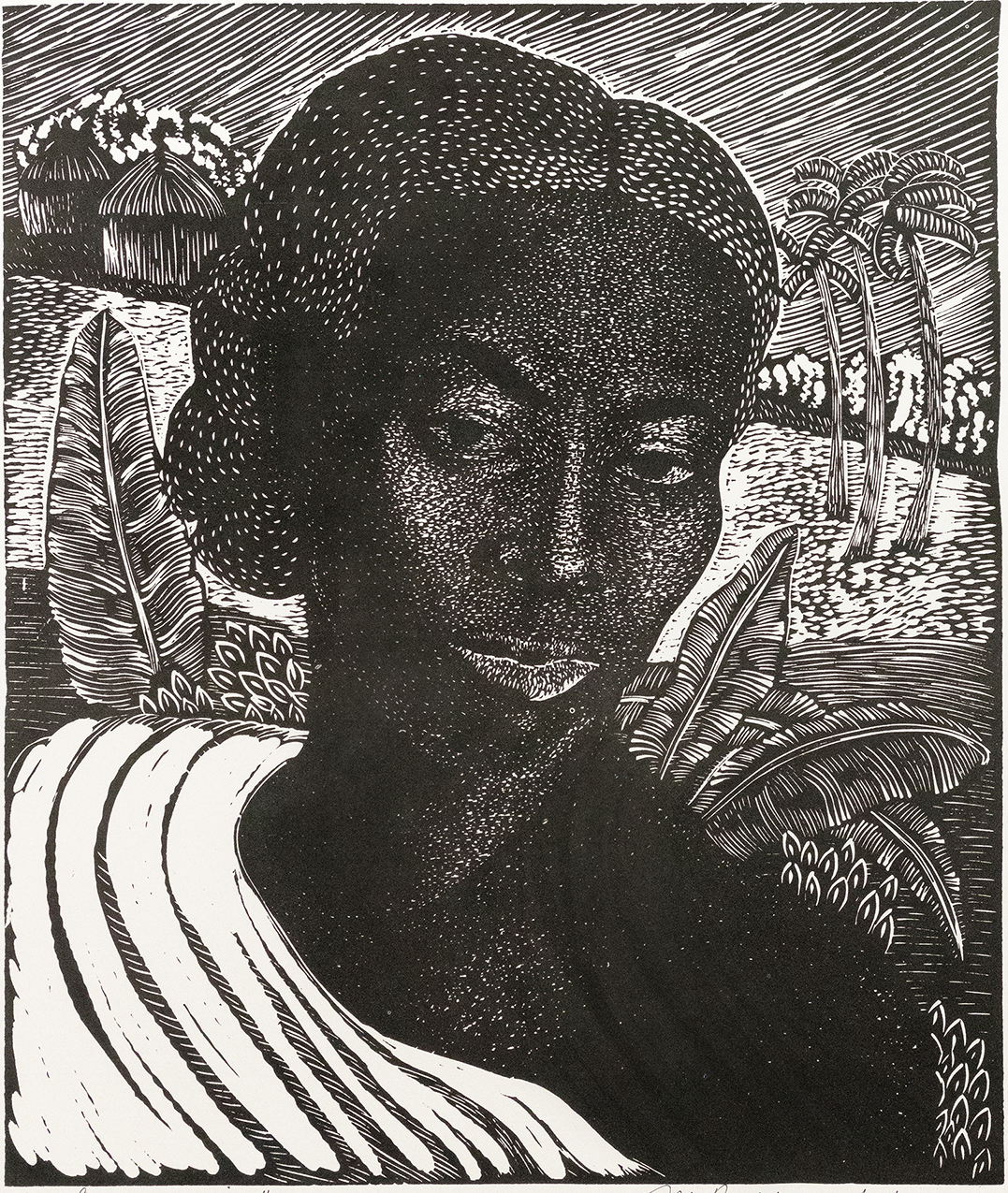
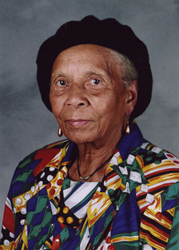

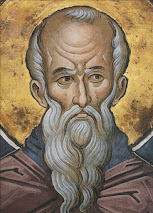

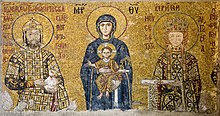
_Fol._27r%2C_Decorated_Initials.tif/lossy-page1-220px-Book_of_Hours_(Use_of_Metz)_Fol._27r%2C_Decorated_Initials.tif.jpg)


